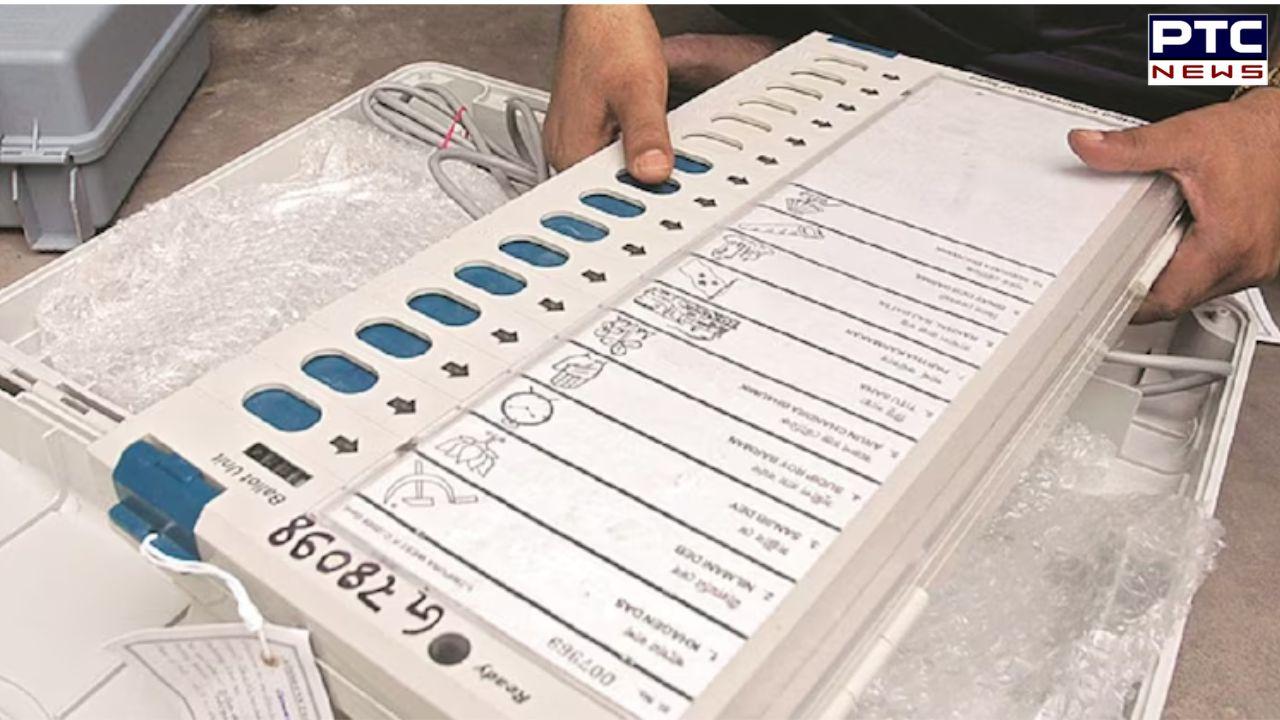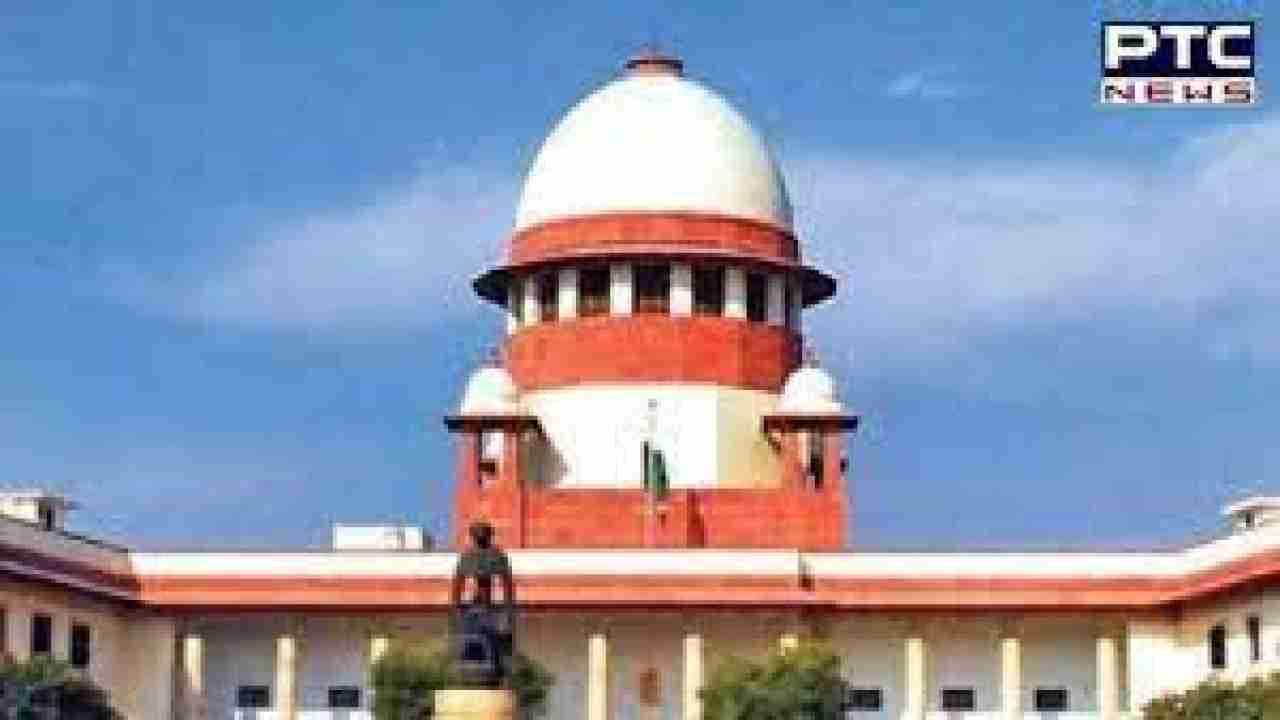

VVPAT case: Supreme Court says 'we can't control elections, poll body cleared doubts'
PTC Web Desk: In a recent development concerning the verification of votes cast through Electronic Voting Machines (EVMs) with Voter Verifiable Paper Audit Trail (VVPAT), the Supreme Court made significant remarks during a hearing on petitions seeking complete verification. A two-Judge Bench comprising Justices Sanjiv Khanna and Dipankar Datta sought clarifications from the Election Commission of India (ECI) on various aspects of EVM functioning.
The Supreme Court made it clear that it does not have authority over the elections, emphasising that the ECI has dispelled doubts raised regarding EVMs and VVPATs. "We don't control the elections, the poll body has cleared doubts," the court stated, highlighting the autonomy of the Election Commission.
Justice Khanna mentioned that the court had reviewed FAQs and sought further clarifications to ensure factual accuracy. "We don’t want to be factually wrong, but doubly sure of our findings and hence we thought of seeking clarification," he explained during the hearing.

A lawyer representing one of the petitioners argued for the disclosure of the source code of EVMs to ensure transparency. In response, Justice Khanna expressed concerns about potential misuse if the source code was disclosed. "The source code should never be disclosed. If it is disclosed, it will be misused. It should never be disclosed," he said.
The queries raised by the Supreme Court included: location of the microcontroller in EVMs and VVPATs; confirmation on whether the microcontroller is one-time programmable; the number of symbol loading units available, clarification on the storage duration of EVM data and whether the control unit is only sealed or if the VVPAT is kept separately.
The Bench requested an Election Commission official to appear in court and respond to these queries, indicating the importance and seriousness of the matter. Currently, VVPAT verification is conducted on only five randomly selected EVMs in each Assembly segment of a parliamentary constituency. This procedure has faced challenges, with recent petitions challenging the ECI's guidelines that mandate sequential verification, causing delays.
One of the petitions argued that simultaneous verification of VVPATs and deployment of additional officers could expedite the process, completing VVPAT verification in just five to six hours.
The Election Commission has maintained its stance that EVMs are tamper-proof and that complete counting of VVPAT slips is not practically feasible. The commission emphasised its meticulous preparation for elections, including mock drills for EVMs before deployment and the random selection of 5% of machines by candidates.
- With inputs from agencies
